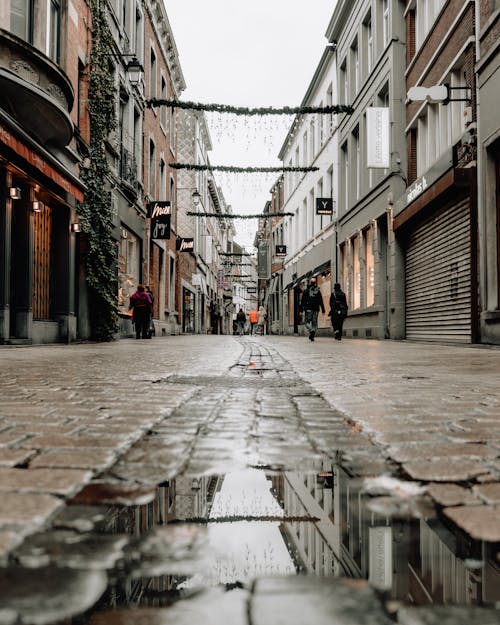Fascination About Framing Streets
Fascination About Framing Streets
Blog Article
The Main Principles Of Framing Streets
Table of ContentsNot known Details About Framing Streets Framing Streets Fundamentals ExplainedThe Framing Streets StatementsNot known Facts About Framing Streets

Both at the Museum of Modern Art (Mo, MA). Inspired by Frank, in the 1960s Garry Winogrand, Lee Friedlander and Joel Meyerowitz began photographing on the roads of New York. Phil Coomes, creating for BBC News in 2013, said "For those people curious about street photography there are a couple of names that attract attention and one of those is Garry Winogrand"; critic Sean O'Hagan, creating in in 2014, stated "In the 1960s and 70s, he specified street digital photography as an attitude as well as a design and it has laboured in his darkness since, so clear-cut are his pictures of New York." Going back to the UK in 1965 from the US where he had fulfilled Winogrand and embraced road photography, Tony Ray-Jones transformed a wry eye on commonly unique groupings of British people on their holidays or getting involved in festivals.
Road digital photography is a substantial style that can be defined in lots of ways, however it is often defined by the spontaneous recording of an unrepeatable, short lived moment, commonly of the day-to-day going-ons of unfamiliar people. It is characteristically fired with broader angle lenses (e. g. 35mm) and generally features metropolitan settings.
About Framing Streets
Documentary digital photographers usually have a defined, premeditated message and an objective to record specific events in history (https://codepen.io/framingstreets1/pen/NWJrZWo). The range of the documentary method includes elements of journalism, art, education, sociology and history. In social investigation, documentary images are frequently intended to prompt, or to highlight the demand for, social adjustment
Road digital photography is normally viewed as unposed and candid, but there are a few street professional photographers who connect with strangers on the streets and take their pictures. Street portraits are unplanned pictures taken of strangers while out doing road digital photography, nonetheless they are viewed as postured since there is interaction with the subject.
e. 'honest digital photography' necessarily) for great art functions has actually been questionable. Photographing people and places in public is lawful in a lot of countries safeguarding flexibility of expression and journalistic liberty. There are usually limitations on just how photos of individuals may be look at here used and most nations have certain laws regarding individuals's privacy.
An Unbiased View of Framing Streets
While the common-law provinces adhere to the UK, with respect to the liberty to take pictures in a public place, Quebec law supplies that, in the majority of scenarios, their magazine can take place only with the permission of the subjects therein. The European Union's Human being Rights Act 1998, which all EU countries have to maintain in their residential law, establishes in a right to privacy. The right to personal privacy is shielded by Article 8 of the convention. In the context of photography, it stands at probabilities to the Article 10 Of flexibility of expression. Thus, courts will generally consider the public interest in balancing the civil liberties via the lawful examination of symmetry. While additionally restricting digital photography in order to safeguard privacy rights, street digital photography can still be lawful in France when sought as an art kind under specific situations.

. who simply roamed right into a scene), or who are not also identifiable in the photo. https://pubhtml5.com/homepage/jtdxv/. It likewise does not normally prolong to people that are somebodies (e. g - Lightroom presets. politicians or celebs). If a photo is thought about art, the courts will likewise take into consideration the digital photographer's liberty of creative expression; implying that "artistic" street digital photography can still be lawfully released in specific cases
Little Known Questions About Framing Streets.
Photographing the cops and publishing the photographs is additionally lawful.
In Hungary, from 15 March 2014 anyone taking pictures is technically damaging the legislation if somebody wanders into shot, under a new civil code that disallows taking images without the approval of every person in the picture - 50mm street photography. This expands the legislation on grant consist of the taking of photographs, in enhancement to their publication
'Concealed photography' (kakushidori concealed, surreptitious photography) 'stolen photography' (nusumitori without any objective of getting consent) and "quick photography' (hayayori before authorization and rejection can be offered) are prohibited unless in the former consent is gotten from the subject right away after taking the picture. Individuals have legal rights to their photos (shzken, droit de image).
Report this page